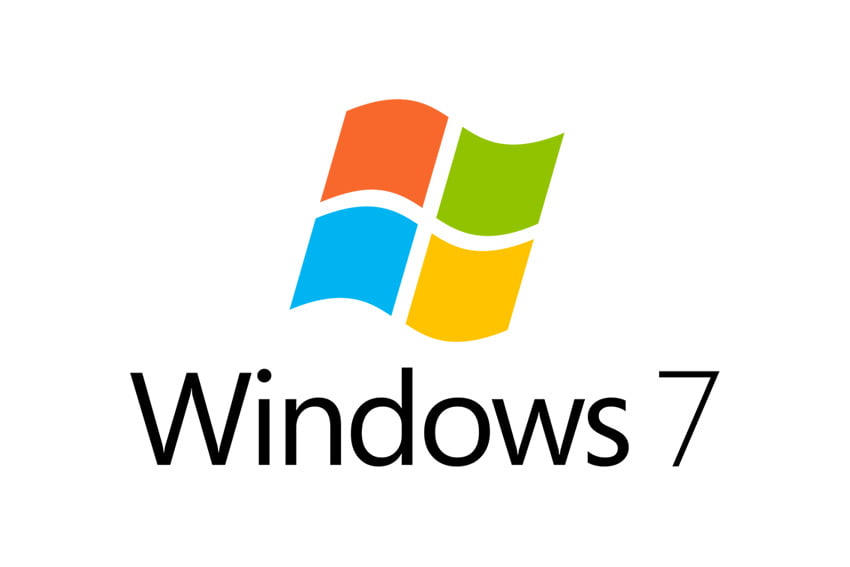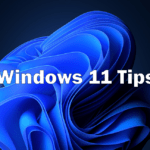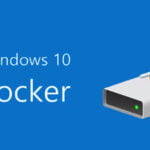Microsoft recently completely ended support for Windows 7 and Windows Server 2008, leaving many companies scrambling to find affordable alternatives. However, there are still some companies out there unsure of what end-of-life really means. After all, they are still utilizing Windows 7 or Windows Server 2008 and everything seems to be fine. Unfortunately, continuing to use either of these products puts businesses at risk. Here’s what everyone should know.
What Does it Mean to “End Support” for a Software Product?
Many people believe that when a company ends support for one of its products, that product will essentially vanish into the ether, never to be seen again. That isn’t how end-of-life works, though, and it’s actually a little more complicated than that. When Microsoft ends support for software, a couple of things happen (or don’t happen):
The product no longer receives updates.
When a product reaches the end of its life, Microsoft stops working on it. That’s really all it means. The company will no longer update the product. You can still use it if you choose to, but doing so could be problematic in several ways. First, because the product is no longer being updated, it isn’t receiving any further security patches, which leaves you vulnerable to the latest threats.
New products are no longer designed with the product in mind.
Technologies improve every minute of every day, and some of the biggest software providers (things like CRM platforms, etc.) are constantly improving their services to work better with current technologies. When Microsoft stops supporting an operating system, the companies providing those platforms no longer work on updates specifically for those platforms. In other words, even though you may still have access to Windows Server 8, the various applications and platforms you use may simply cease to function.
What Can You Do?
If your company relies on either Windows 7 or Windows Server 2008, the best possible course of action is to upgrade to the latest technologies. Windows 10 is in constant development and many people agree that it’s the best iteration of Windows yet – and it keeps getting better. Windows Server 2019 offers many benefits that Windows Server 2008 simply did not, including synchronization of files to Azure, access to System Insights, VM protection, and much, much more.
Windows 10 is superior to Windows 7 in many ways, too – it’s far better for multitasking with features like Aero Snap, driver installation, and it supports multiple desktops which makes it incredibly easy to utilize a variety of full-screen windows, even when you’re reduced to a single monitor. The best part is that you can’t forget to update Windows thanks to Windows 10, which automatically downloads and applies the latest updates in the background. It even analyzes your computer usage and chooses a time when your PC is typically asleep to restart.
If you are still running Windows 7 or Windows Server 2008, now is the time to make the switch to the latest versions of these technologies. They’re much improved over previous iterations, and they will allow you to continue reaping the benefits of today’s latest security enhancements along with so much more.
If you or your business need assistance upgrading from Windows 7 or upgrading to Server 2019, please contact us for a free quote!




